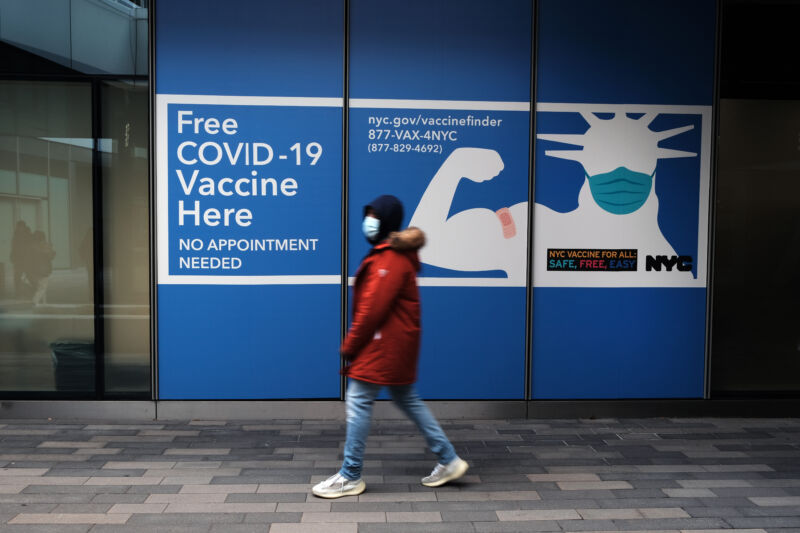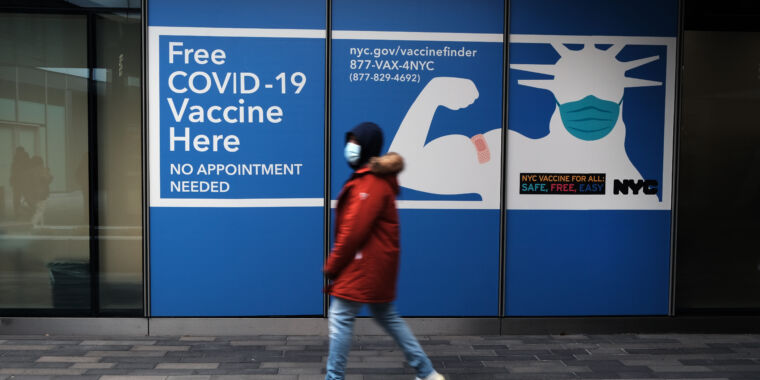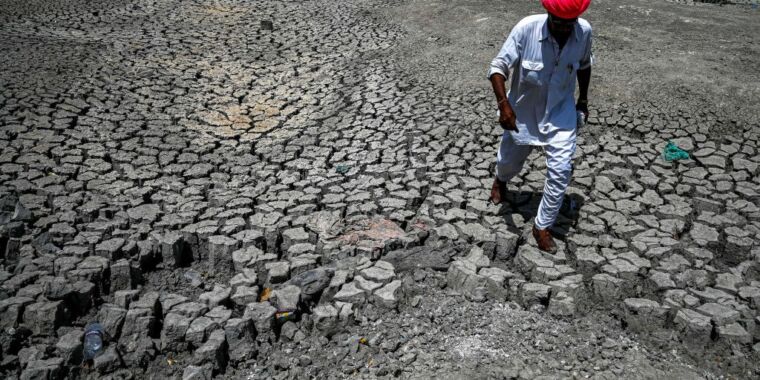
With pandemic funding running out, the Biden administration is repurposing $10 billion to buy next-generation COVID-19 booster doses for the fall, as well as treatments, including the anti-viral Paxlovid and monoclonal antibodies.
The funding will be pilfered from federal programs that support COVID-19 test availability and domestic production, as well as stockpiles of essential resources, such as personal protective equipment (PPE) and ventilators. Funding for research on coronavirus vaccines and new treatments will also take a hit.
“These were incredibly painful decisions,” White House COVID-19 Response Coordinator Ashish Jha said in a press briefing Thursday.
“[We’re] taking resources away from what we think are vital programs to make sure that we’re at the table when it comes to purchasing the next generation of vaccines, to make sure that we have enough therapeutics for Americans as we get into the fall and winter,” he added.
Of the reallocated $10 billion, $5 billion will be used to negotiate orders of vaccine boosters for the fall. The other half will be used for treatments, including 10 million doses of Paxlovid and $300 million worth of monoclonal antibodies.
But, even with the funding sacrifices, the administration noted Thursday that it will still not be able to buy booster doses for all Americans this fall. Although there’s much uncertainty about the planned booster campaign for the fall, vaccine makers are already making deals with other countries for orders, Jha said. The $5 billion is enough to start negotiating “so that we don’t fall further behind in line,” he said.
“Let me be very clear: We do not have enough resources to make sure that every American who wants one of the next generation of vaccines will be able to get one,” Jha said. “But we needed to be at the negotiating table. And waiting longer, waiting for Congress no longer felt like an acceptable option.”
Scrounging for cash
“We’re looking under every couch cushion to see what is available,” Dawn O’Connell, HHS assistant secretary for Preparedness and Response, added Thursday. The $5 billion “is what we’re able to put towards the vaccine negotiation right now.” Though O’Connell hopes that Congress will provide more funding later, Jha noted that slowing test manufacturing and trying to ramp it back up later will be expensive. Companies will shut down production lines in the meantime and lay off workers. In the long run, it may make the US more dependent on foreign test kits.
In March, the administration requested $22.5 billion in pandemic funds to cover vaccines, domestic testing, treatments, and other resources. But Republican lawmakers balked at the bill. Though a bipartisan group of senators later agreed on a significantly slimmed down $10 billion deal, even that stalled out when Republicans tried to tie it to an immigration policy.
“These are not the trade-offs that we should be having to make at this point in the pandemic,” Jha noted. “We shouldn’t have to choose between testing and vaccines. We should be able to do both.”
As funding runs dry, cases are high and rising in many states. The US is logging a daily average of more than 110,000 new cases, and hospitalizations have increased 12 percent in the last two weeks. The high transmission in the US and elsewhere provides further opportunities for new variants to evolve and emerge.
In the next two weeks, the administration hopes to begin vaccination of children under age 5, the last age group yet to be eligible for vaccination. Jha noted Thursday that the administration has already secured enough doses for the millions of children in that age group, and states have already begun preordering millions of doses for the initial rollout. The funding for those doses was allocated earlier in the pandemic and is not affected by the current money crunch.








